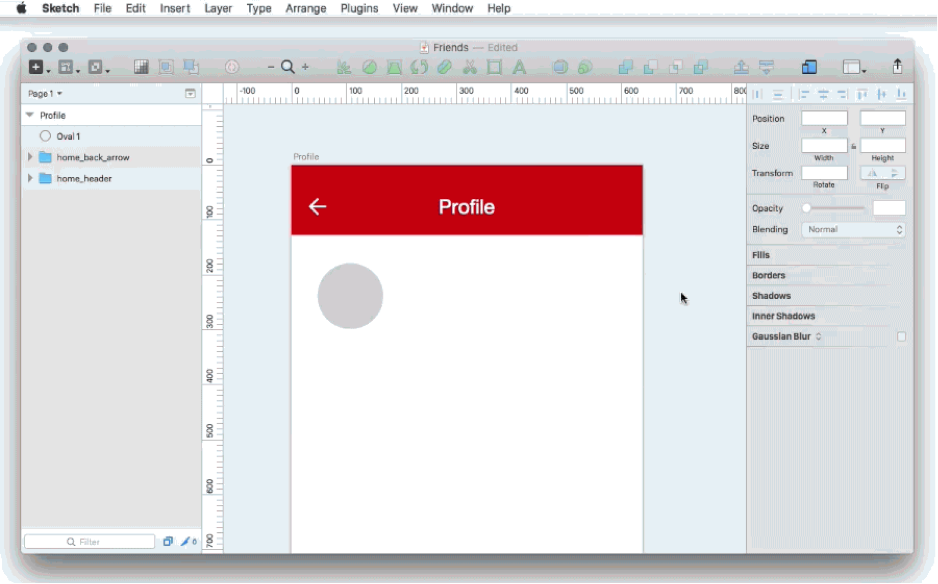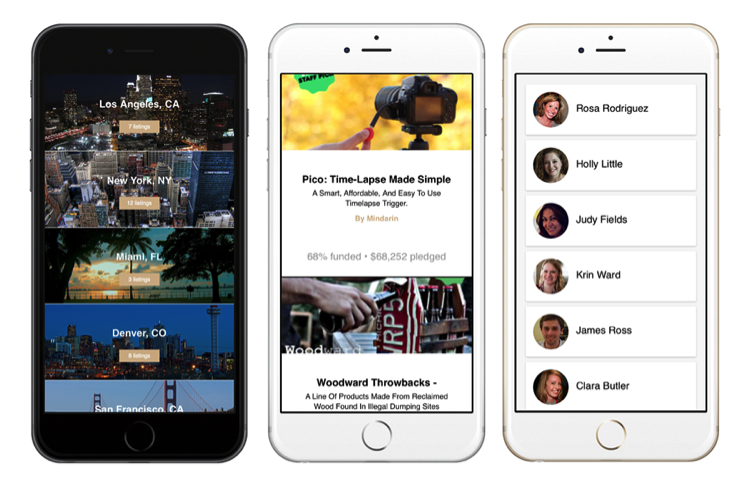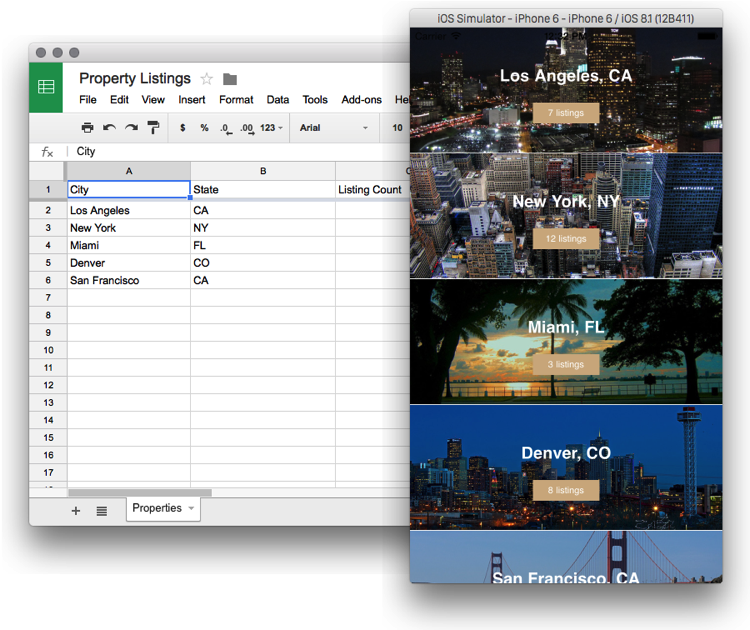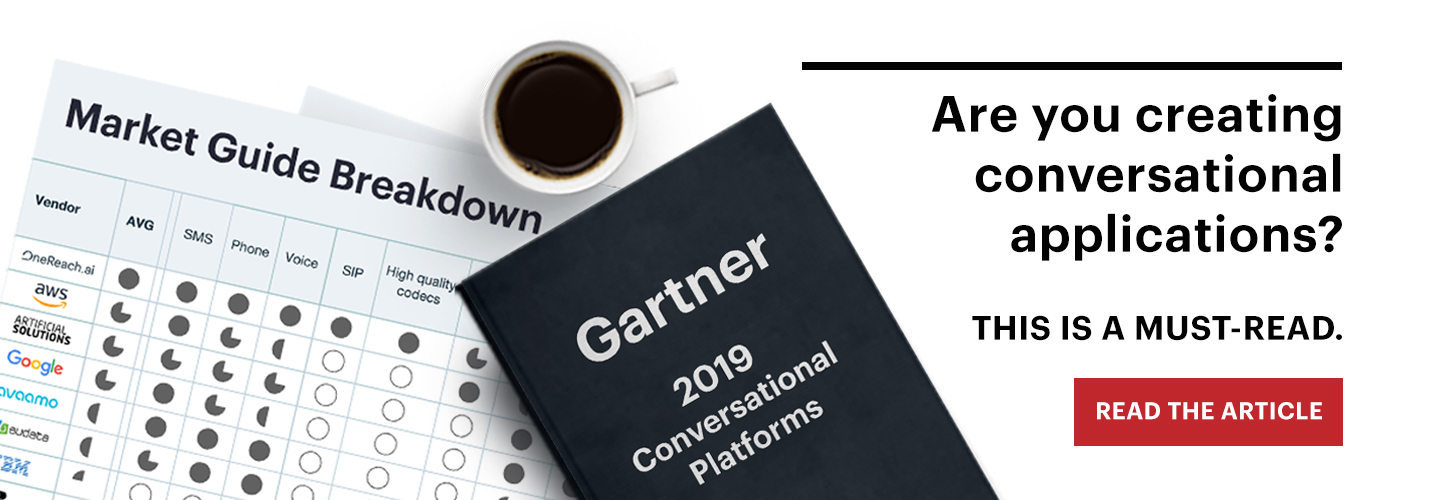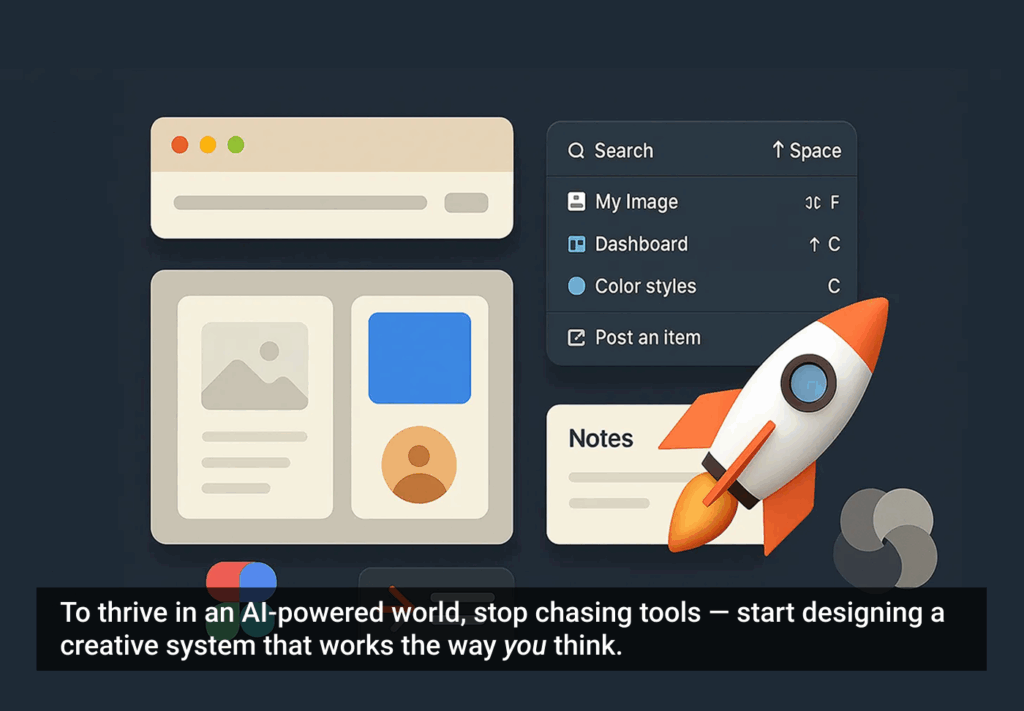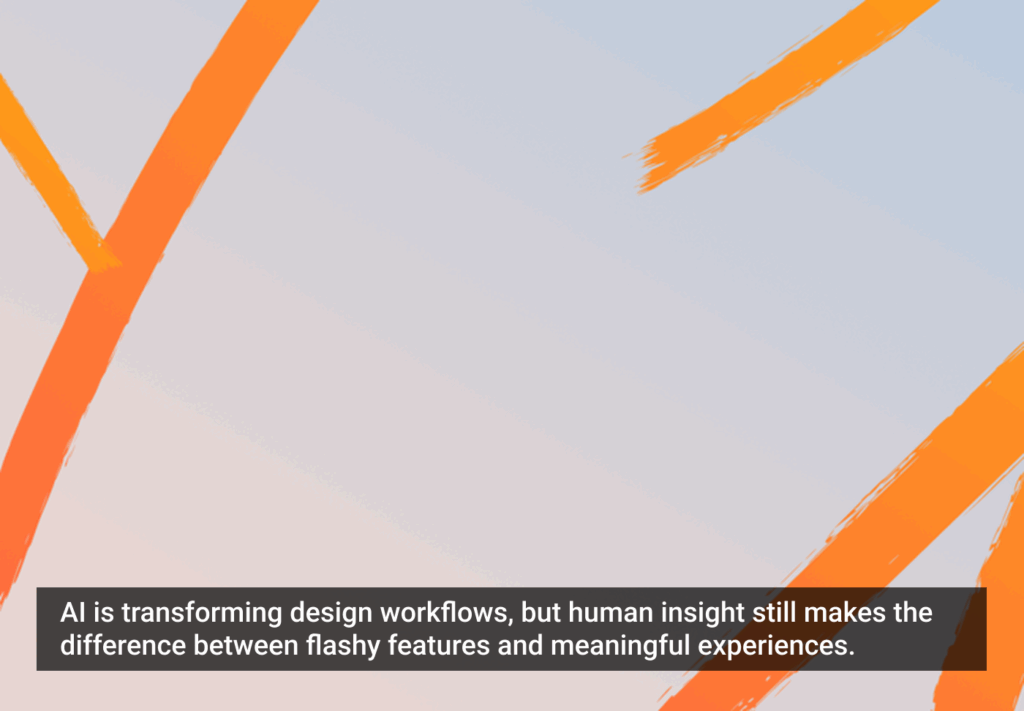Many important considerations impact software design. Business goals, user goals, user context, cultural considerations, platform paradigms, branding requirements, devices … the list goes on and on. While a primary focus for any software design effort should be the data or other content that’s being displayed, this keystone element is often given short shrift. This is unfortunate and shortsighted. Given the focus it your content will receive, it should be a primary consideration during the design process.
It is a common practice to represent data and content as “Lorem ipsum,” repeating data, or simply using “best case scenario” data. In reality, this isn’t what will be experienced in the final product. The data you have to work with can drastically affect the final design, and the design will influence the type, format, and presentation of data.
Infusing Real Content into Your Designs
Whether you’re using Sketch, Photoshop, or another design tool, it’s worth your time to explore ways of bringing real data or content into your static designs. On one side of the spectrum, this may simply mean having an understanding of what that data might be and putting together sample content that maps to it. On the other end, your tool of choice may support different plugins or have features baked in that allow you to infuse sample or live data into your designs.
At Tack Mobile, we use a variety of tools for creating static designs and we’re always on the lookout for new methods that may benefit our process. As far as working with data and content, Sketch has some good options:
- Random User Generator for Sketch: Inserts random user data into your design.
- Content Generator for Sketch: Allows you quickly create dummy data such as avatars, names, geo location data and more.
- Data Parser for Sketch: Use JSON to populate a list of predefined layers.
- Financial Data Generator for Sketch: Generate financial dummy data for data tables.
- Sketch Data Populator: A useful new tool for eliminating Lorem Ipsum.
- Qwikly: A new Sketch plugin that syncs to your design.
Short of using a tool, it’s always possible to manually input content that you and your team have decided best represents what might be expected in a production environment.
The data you have to work with can drastically affect the final design
While these plugins are useful, it’s easy to imagine how they might be taken further. Often we find ourselves creating multiple variations of the same screen and changing out content to see how the design holds up. Or, we may be designing for multiple languages and use a similar process. It’d be great to automate those types of explorations.
Working with static screens can help a lot to work through ideas. The next step for filling in some of the gaps is prototyping. There are a lot of methods and tools for assembling prototypes that meet different goals. Some make it really easy to work with data sources.
Prototyping Means Data, Too
As you move into the prototyping phase, there may be more options for working with live or sample data and content, especially while working in code. The data can also drive the creation of elements in your prototype, which can save a lot of time from redundantly creating each element individually. We often use Framer.js for prototyping, but these sources can apply to other approaches as well.
Local Data
One way to work with data is to refer to it locally. This can be a separate file constructed by hand, an exported set from another source, or embedded directly into your working files. Working with local data, it’s easy to go through quick cycles of modification and see how it affects the design.
Existing Data Services
If you have a specific set of data in mind that you want to work with, you want to explore some data services that are already available. For example, Dribbble, Random User, Instagram and many other products offer ways to access their data. You may even want to browse ProgrammableWeb API Repository to see if there’s something there you can use.
Google Sheets
Working with spreadsheets is something a lot of people are familiar with. With Google Sheets, you can share a table of data that you’re working on with others. As others make changes, you’ll be able to see those changes affect your design. You can also access and work with separate sheets within a Google Sheet. Check out this article to learn how you can use Google Sheets for prototyping.
Kimono
Why create a model for your data when one may already exist? Kimono makes it easy to create an API out of a web page. For example, if you want to represent a series of articles in your design, you can find another site that has a representation of that type of data and bring that into Kimono.
You can also use Kimono to grab data from your own services that already exist without having to deal with the overhead of connecting directly.
Parse
Take your prototypes to another level by enabling the ability to read and write data. Parse is a mobile platform that, among other things, supports the ability to create a data store. You can have a prototype that brings in a list of data records but also add the ability to create new ones as well.
There are already some great articles out there that walk through how to use Parse. Check out Using Parse to power up your Framer prototypes and Give your Framer prototypes a better memory for step-by-step walkthroughs.
Firebase
Recently acquired by Google, Firebase is basically a very powerful real-time data syncing solution. It uses a NoSQL-style schema-less strategy, which can give prototypers exactly what they need to prove out an idea.
Keep Firebase in mind when you’re prototyping project reaches the phase where multiple users may be involved at a time, or when you’re thinking about a data structure but haven’t landed yet. Not only that, but with Google scale behind it, Firebase can grow with your product well beyond the prototyping phase.
If you’re interested, you may want to check out this example posted to the Framer.js Facebook Group that uses Firebase, or this great video tutorial.
Production Services
You may want to try working directly with production services used by your project. It can also help ensure teams are working with the same data, so there are no surprises. Depending on the goals, this can be useful for design or hinder any exploration of new ideas.
Keep Content in Mind
In the future, as you’re designing your next great interface, think about how data and content plays a role. Do you have enough room to display what you want? What takes priority? How will you deal with a slow data connection? What does the interface look like before the data is loaded? Many of these questions can be answered the more you make an effort to bring data into your designs.
Image of paper bird courtesy Shutterstock.



